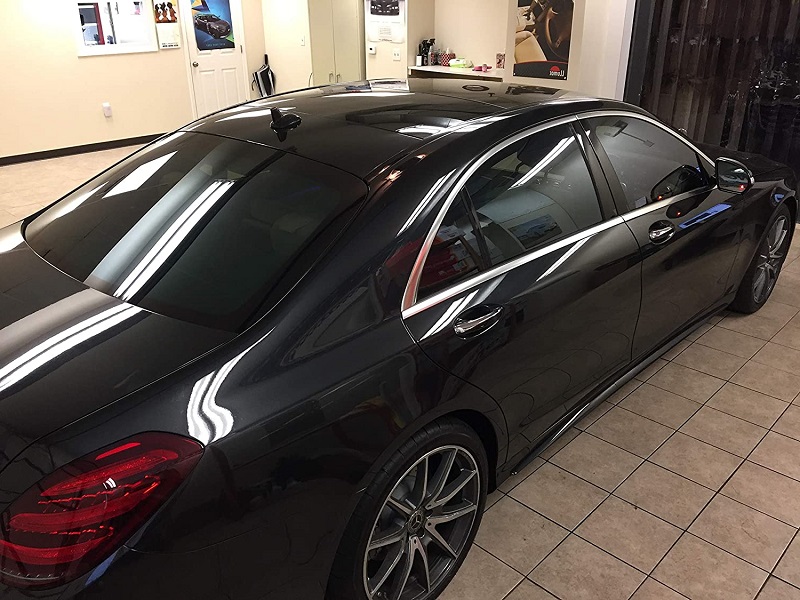
Confused About Window Tinting For Cars? Here are a Few Helpful Tips.
Ok so now since you have decided that you will go ahead with window tinting for your car, what’s next? Do you know what type you want and what level of tint is permissible in your state?
The Tint Shoppe’s experts are here to assist. We often come across clients who have done their own research about the type of tint they want however, they are unaware that particular tint level is permissible in VA. So here’s a list of window tint darkness allowed in Virginia depending upon the vehicle type.
Window tint darkness in VA
The percent of noticeable/visible light permitted through your vehicle windows is called VLT: Visible Light Transmission. The level of light permitted through your film and glass in Virginia is quite certain and distinctive for sedan vehicles and SUV vehicles or vans.
Tint darkness for sedans:
- Windshield: Non-reflective color is permitted over the maker’s AS-1 line.
- Front Side windows: Must permit over 50% of light in.
- Rear windows: Must permit over 35% of light in.
- Back Window: Must permit over 35% of light in.
Tint darkness for SUV and vans:
- Windshield: Non-reflective color is permitted over the producer’s AS-1 line.
- Front Side windows: Must permit over 50% of light in.
- Rear windows: Any darkness can be utilized.
- Back Window: Any darkness can be utilized.
Window tint reflection in VA
Window tint can reflect approaching light and decrease glare and heat. Virginia window tint law allows a specific window reflection when utilizing a tint so ensure you focus on this also.
Color reflection for sedans:
- Front Side windows: Must not be over 20% reflective
- Rear windows: Must not be over 20% reflective.
Color reflection for SUV and vans:
- Front Side windows: Must not be over 20% reflective.
- Posterior windows: Must not be over 20% reflective.
Other Virginia window color rules and guidelines:
Virginia has a few other significant laws, rules, and guidelines relating to window tinting. They incorporate the accompanying:
- Side Mirrors: Dual side mirrors are required in this state if the back window is tinted.
- Restricted Colors: Red, yellow and golden window tints are not allowed.
- Declarations: Filmmakers don’t have to affirm the film they sell in Virginia.
- Stickers: Yes (vague).
- Clinical Exceptions: Virginia permits clinical exclusions for special tint.
Remember that Virginia tinting laws and guidelines might be deciphered diversely in your area or place of residency. We generally suggest twofold checking our information with your neighborhood DMV or law enforcement authorities.
Now since we are clear with the permissible level of tinting, let’s look at the types of tints there are and which ones are for you.
Carbon Window Tinting
Among all the tint films on this rundown, carbon window tint may be truly outstanding. Carbon tint films block UV rays as well as IR rays too which imply that it doesn’t just block sunlight yet in addition forestalls the interior of the vehicle from heating up rapidly saving the color of the upholstery. Not at all like-colored window tint, carbon films don’t fade. Another factor one ought to consider in purchasing this film is the matte-finish that adds to the attraction of the vehicle.
Ceramic Tint
Besides blocking UV rays up to 99% and IR rays by about 50%, ceramic window tint is known for being produced using a non-conductor material which implies that there will be lesser expenses from air conditioning.
There are other options as well such as front window tint strip, stickers/decals, window graphics to choose from. So look us up and be rest assured that only the best tints are applied to your vehicle.
Looking for truck accessories? Click here and make your pick.

